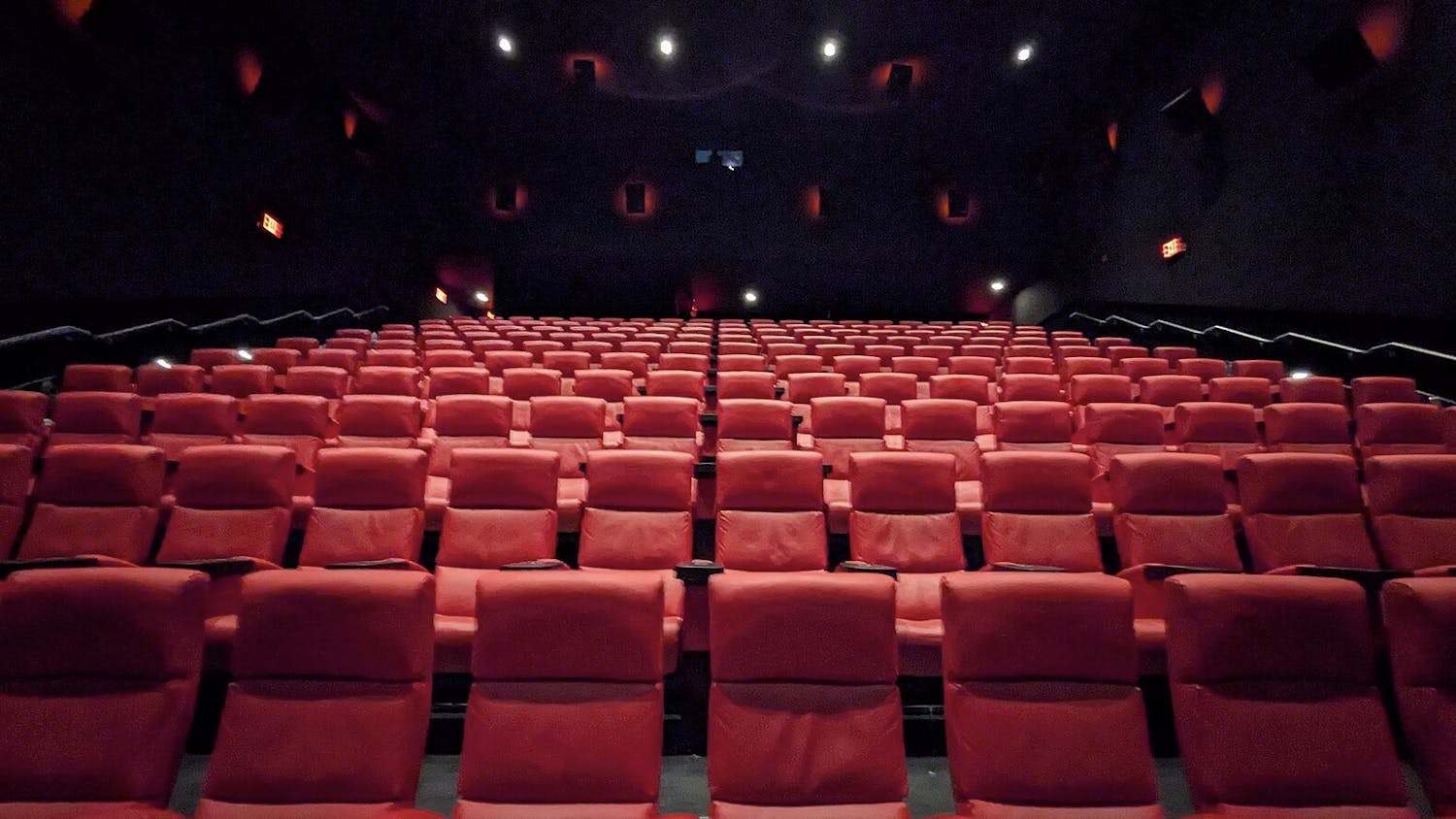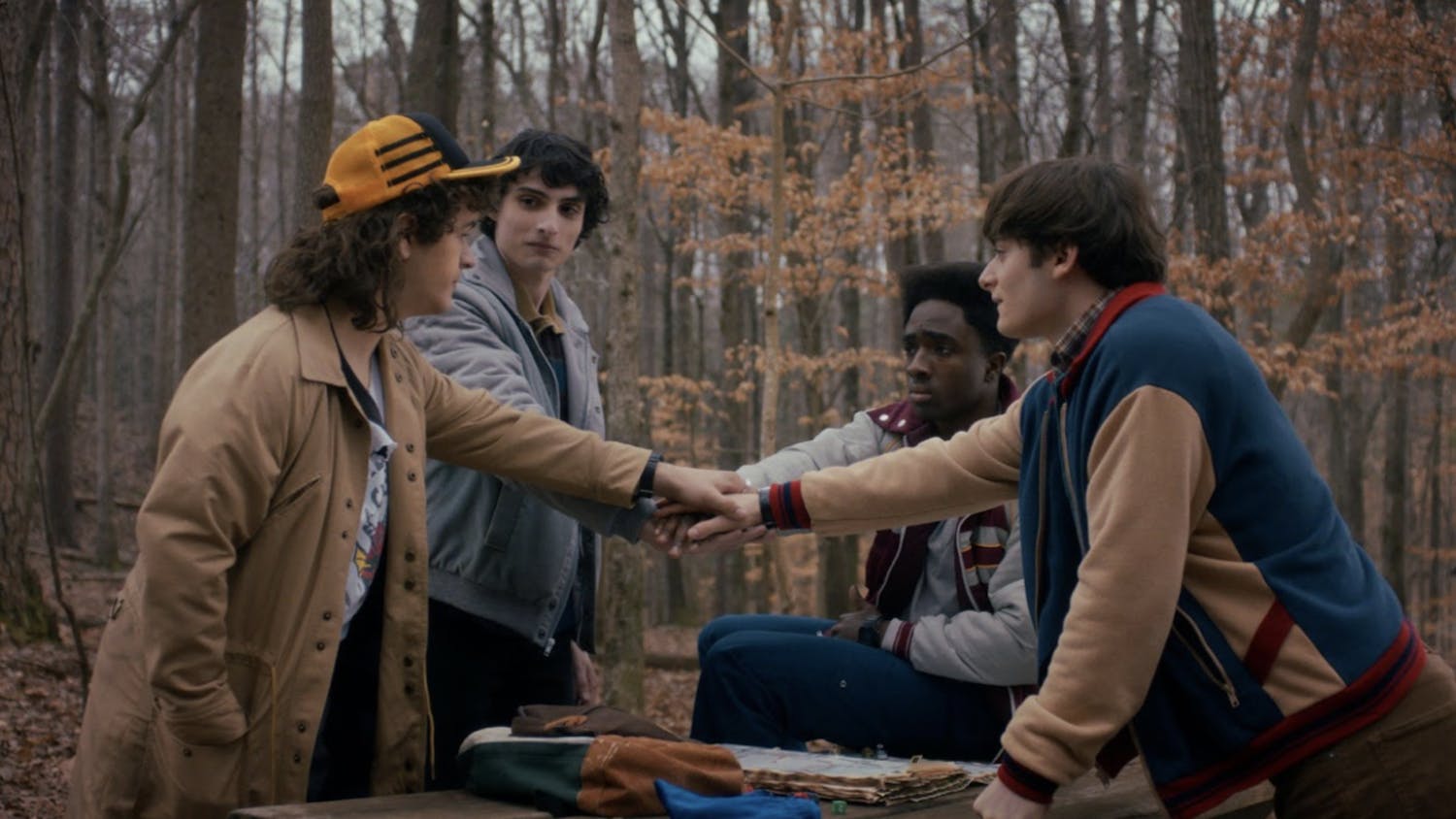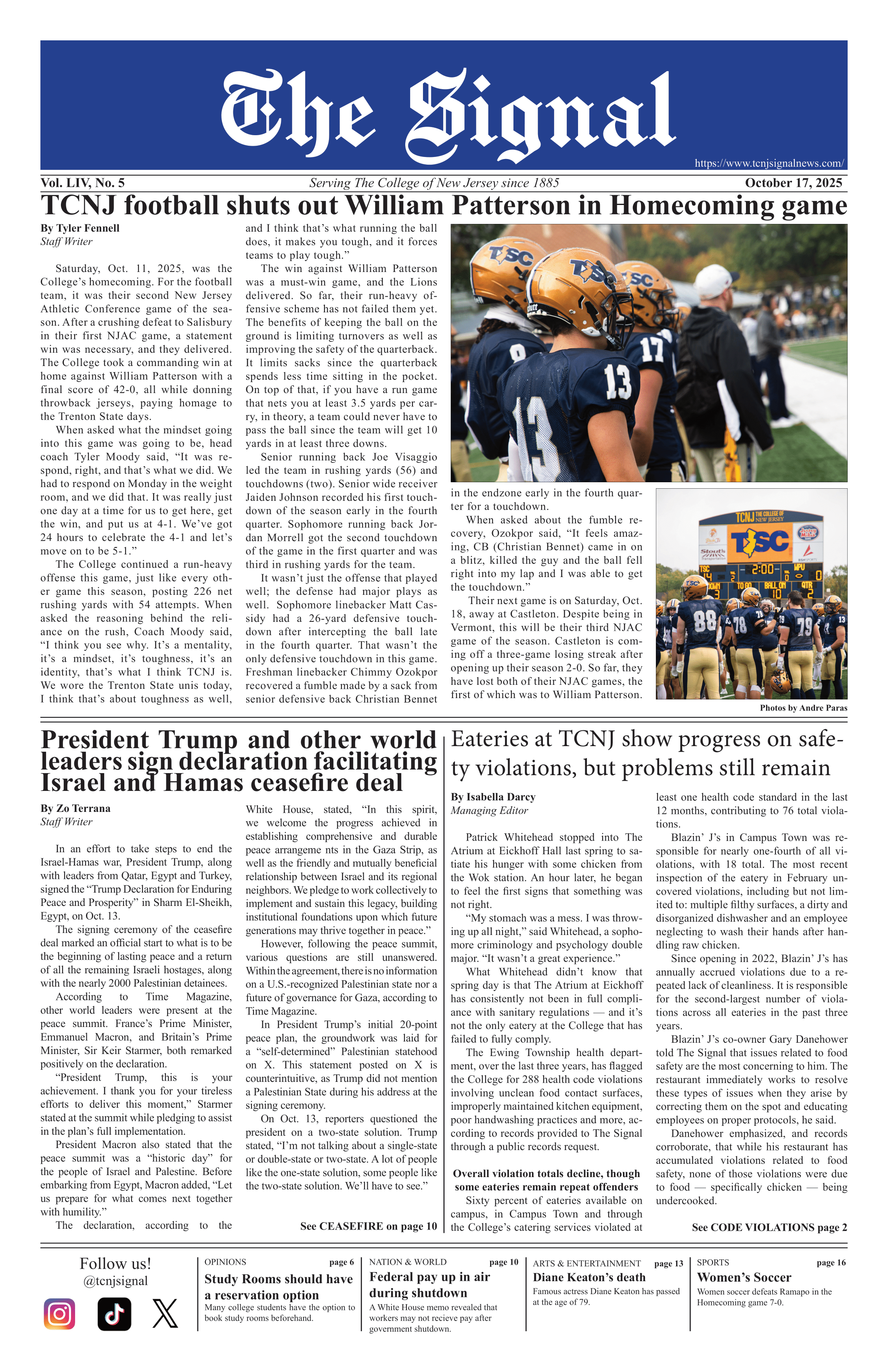While accepting her Oscar for best actress, Cate Blanchett proudly stated that, “those of us in the industry who are still foolishly clinging to the idea that female films with women at the center are niche experiences. They are not. Audiences want to see them, and, in fact, they make money.”
This year’s Oscar-winning films were refreshing — filled with powerful women in many leading roles.
The film for which Blanchett earned her Oscar was “Blue Jasmine.” The film starred two sisters played by Blanchett and Sally Hawkins.
Disney’s “Frozen” won an Oscar for Best Animated Film. It featured another sister duo as its heroines with the leading male as simply a sidekick.
“Gravity” was a revolutionary film that took home a total of seven Oscars, including the Oscar for Best Director. For the majority of the film, there is only one character, Ryan Stone, the protagonist played by Sandra Bullock.

Two of Hollywood’s greats, Julia Roberts and Meryl Streep, paired up to take large roles in the drama “August: Osage County.” Other female powerhouses who received nominations or Oscars were Amy Adams and Jennifer Lawrence in “American Hustle.”While she didn’t have the lead, Lupita Nyong’o took home the Oscar for Best Supporting Actress for her role in “12 Years a Slave.” The film was also the winner of Best Motion Picture.
This year’s Oscars represented a big night for women in the film industry, but Hollywood still has a long way to go before it can be considered a place of gender equality.
The New York Film Academy took a look at how women are portrayed in the top 500 films between the years of 2007 and 2012. The results are alarming.
According to their data, only 30.8 percent of speaking characters are women and only 10.7 percent of films have a balanced cast — meaning 50 percent of the cast is female.
Roughly a third of women are shown in sexually revealing attire or nude, according to the Academy. In contrast, only 10 percent of men in movies are shown in “sexy” attire or are partially nude.
The statistics do not get any better when it comes to children’s and family films. In fact, the ratio of men to women in family films hasn’t changed since 1946.
“From 2006 to 2009, not one female character was depicted in G-rated family films in the field of medical science, as a business leader, in law or politics. In these films, 80.5 percent of all working characters are male and 19.5 percent are female, which is a contrast to real world statistics, where women comprise 50 percent of the workforce,” according to a study done by the Geena Davis Institute on Gender in Media.
Women are underrepresented behind the scenes as well. In 2012, only 20 percent of editors, 15 percent of writers, 9 percent of directors and 2 percent of cinematographers were women, according to the New York Academy of Art.
Women purchase 50 percent of movie tickets every year. Each movie ticket is similar to a vote from a consumer. So while things are looking up for women in film, viewers should show support for quality films with strong female leads and balanced casts.






